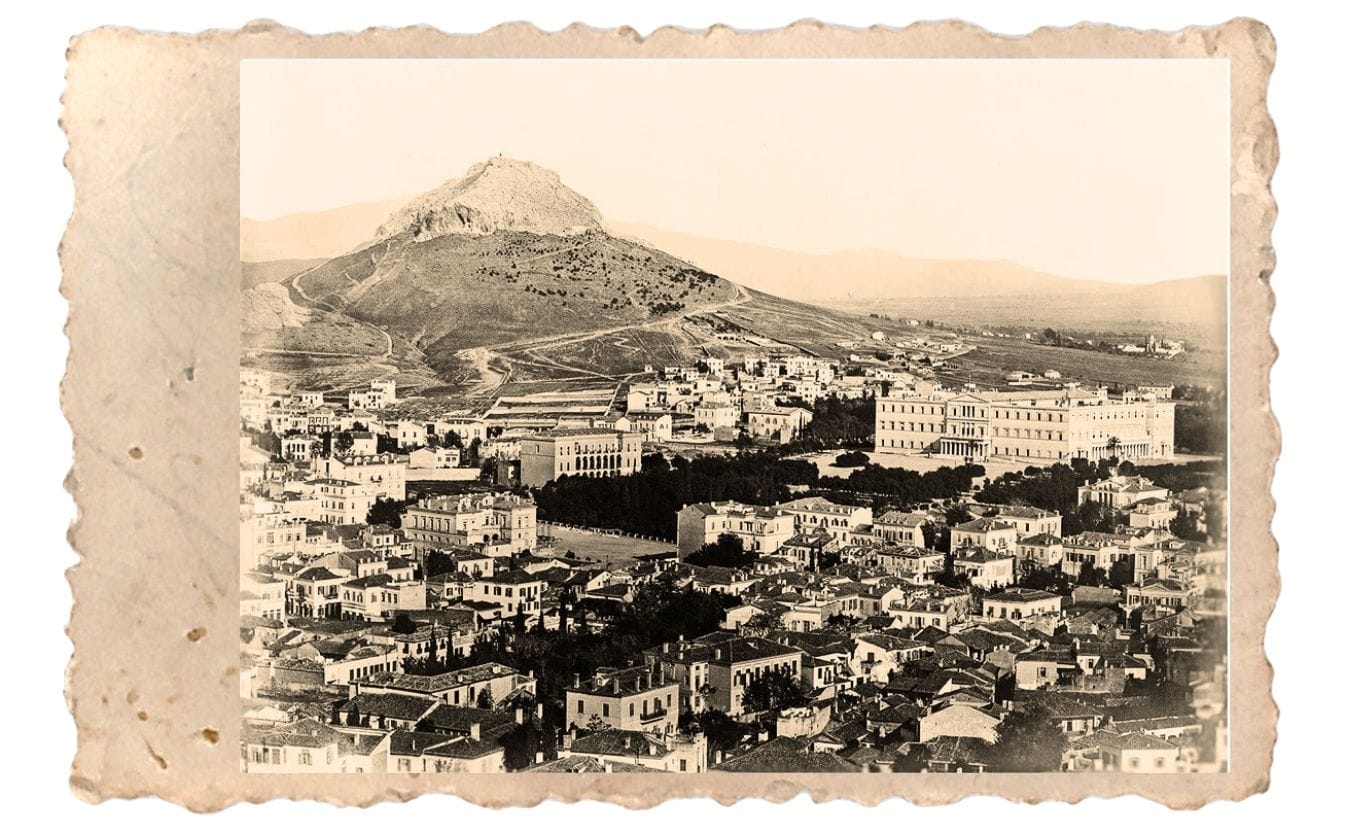Athens' Belle Époque
As Greece emerged from the 19th century and the dust of wars and revolutions began to settle, the capital city transformed into a hub of refinement, European influence, and intellectual awakening. This was Athens' Belle Époque - a period marked by elegant buildings, flourishing arts, and the rise of cafés and salons that became the beating heart of the city's social and cultural life.



